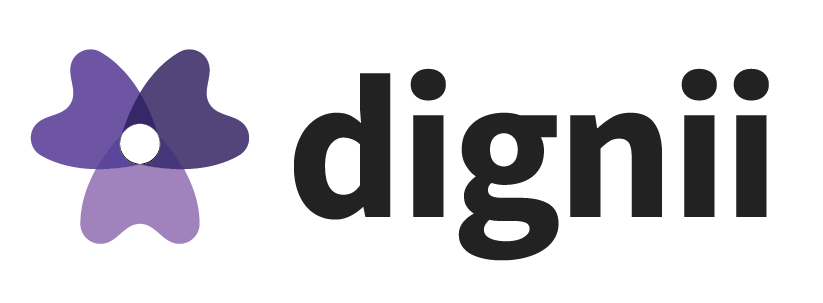At Dignii we use our software to measure for all metrics of diversity and employee engagement. This allows us to get a clear picture of the representation of diverse groups as well as understand everyone’s level of engagement at work. Our solutions provide the analytical tools to explore intersectionality among respondents to best reflect the realities within each workplace, (for example we can report on the experience of women and visible minorities, but we can also show women who identify as a visible minority or men who identify as having a disability which often best reflects the reality of who we are).
Generally, employers are curious to know what employee engagement looks like across their organizations. High engagement can lead to increased performance, better staff retention, and attraction of new talent. Recently, we have seen an increase in the number of clients specifically targeting the “working from home” experience, which makes sense given the upheaval we have experience for nearly the last 2 years.
‘Are you really working from home’?
I think we can safely say that working from home is viewed differently in a post pandemic world. Before the pandemic there was an air of distrust and an ‘are you really working from home?’ furrowed brow to those that tried to have a ‘home office’. Whereas post pandemic, we have realized that people can work from home – and often do so with higher productivity. Naturally it’s not possible for all types of workers to work remotely, but for those that can, they have developed a new normal that tends to work well.
Of course, not every single employee is breaking productively records working from home – but the same could be said of people working in offices or in open floor shared space. Anyone that has worked in an open concept office knows what I’m talking about. It’s easy to get distracted and lose focus when the entire office plan feels like a water cooler.
Employee Engagement Shift Since the Start of Covid
Since the beginning of the COVID-19 pandemic, we have seen an overall decrease in employee engagement. However, when we look a little deeper, we see that decreased engagement is not the case for everyone.
The groups with higher employee engagement are women, people with disabilities and visible minorities: All have reported an increase in employee engagement when compared to their peers at a statistically significant rate.
The output of work has remained relatively the same the change has been working from home, and importantly, the experience of these groups has increased positively. This leaves us wondering why? And how?
There are a few things we already know:
- We know that certain groups experience more harassment and discrimination in the workplace that others (Surprise! These groups are often women, people with disabilities and visible minorities).
- Micro aggressions are often present in the workplace, particularly during in-person interactions
- Commuting to work can be challenging and time consuming – especially for folks with a disability
- The past year and a half have given us more insight and understanding into the experience of people with dependents and children.
Why the Increase in Engagement for Women, Visible Minorities and People with a Disability?
One of the hypothesises we are exploring is whether working from home is providing women, people with disabilities and visible minorities with an added benefit – or rather, is removing a barrier from their previous work routines. Anecdotally, the answer is yes.
The COVID19 pandemic has left us all with a lot of questions about how to move forward: The key is to ask the right questions in the right way to receive the answers you need to have an engaged, diverse, and productive workforce.
Where Do We Go from Here?
What we need to start asking is how can we use this data to help us beyond increasing diversity and inclusion in the workplace so that we can strike the right balance as we build hybrid models to return to the office?
We will continue to analyze the data and benchmark what we already know. We will test our hypotheses, steering our course of inquiry to better support diversity among workforces, and importantly, to measure the shifts and changes as a result of implementing a more informed approach. This will allow us to support our clients to increase the diversity and engagement within their organizations as well as create more effective and hybrid return to the office plans for employees.
To learn more about measuring and enhancing the diversity and engagement in your workplace, reach out to Elisabeth via [email protected]


Recent Comments